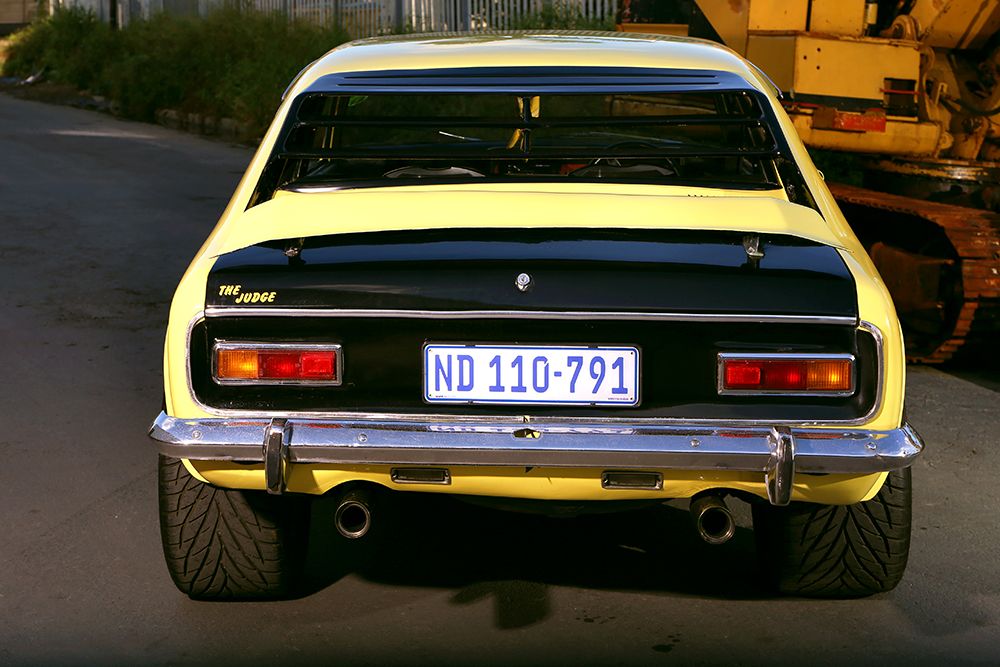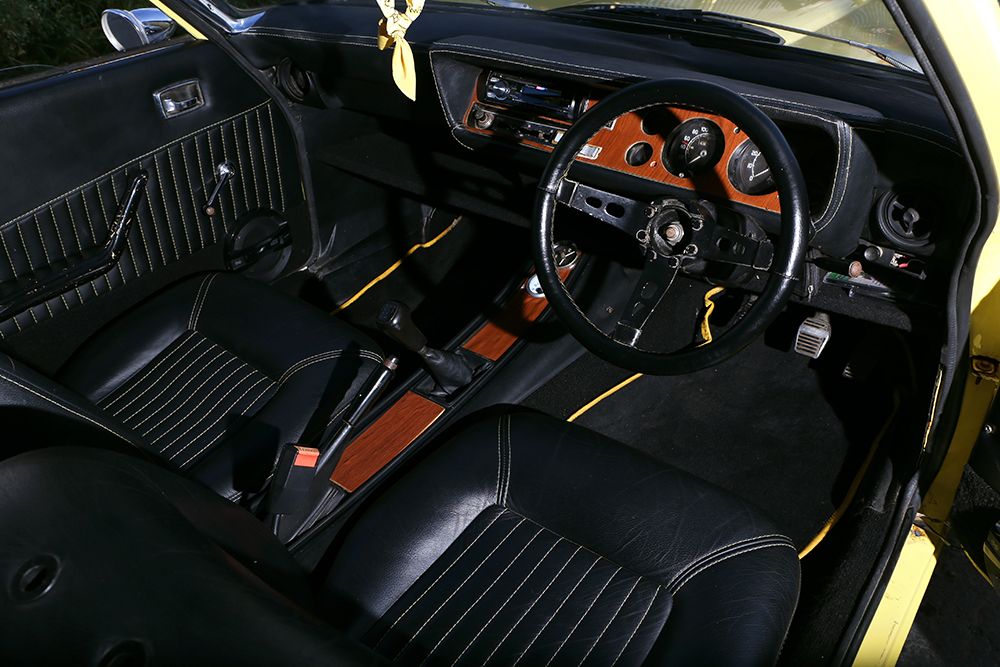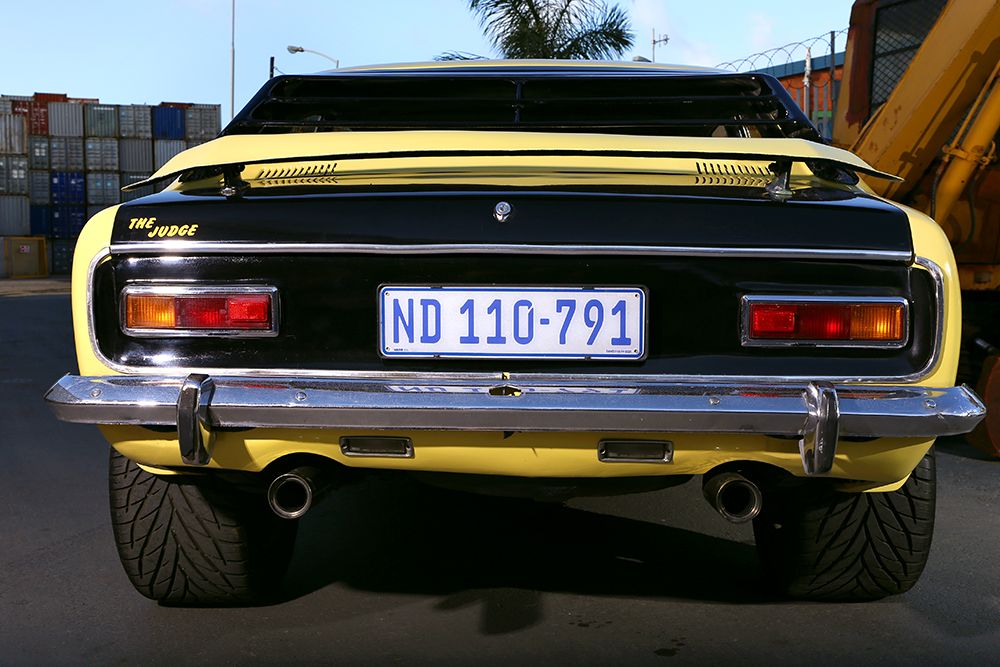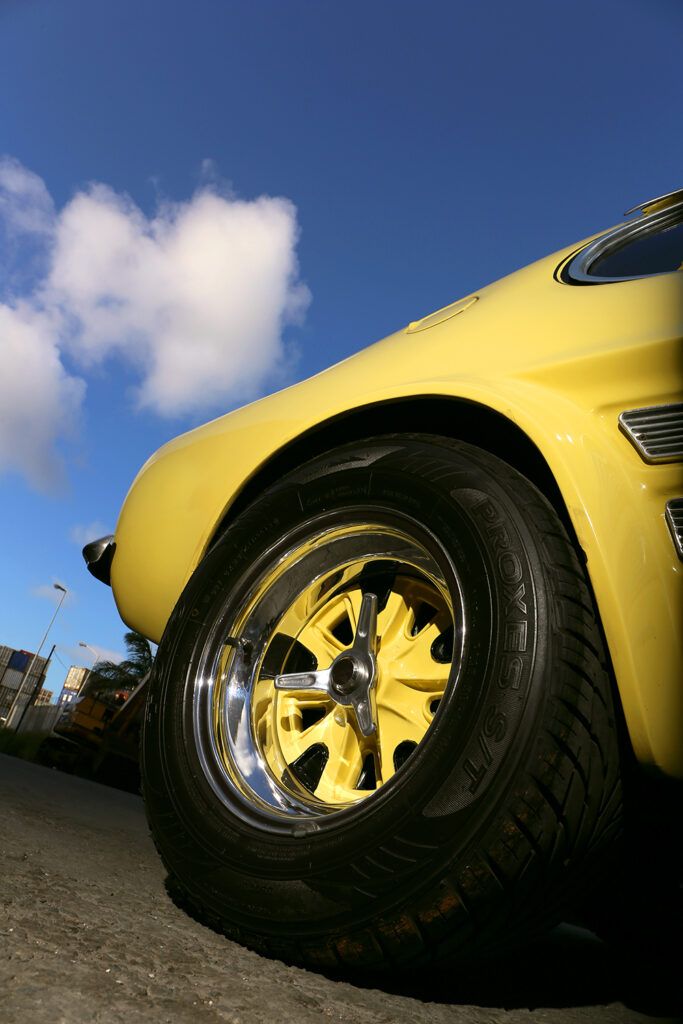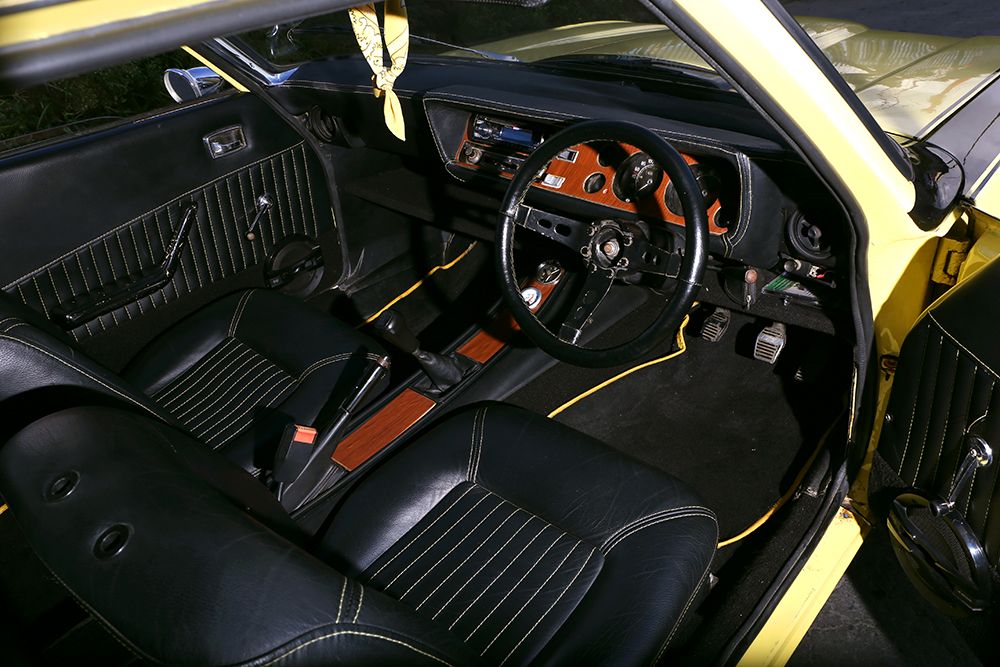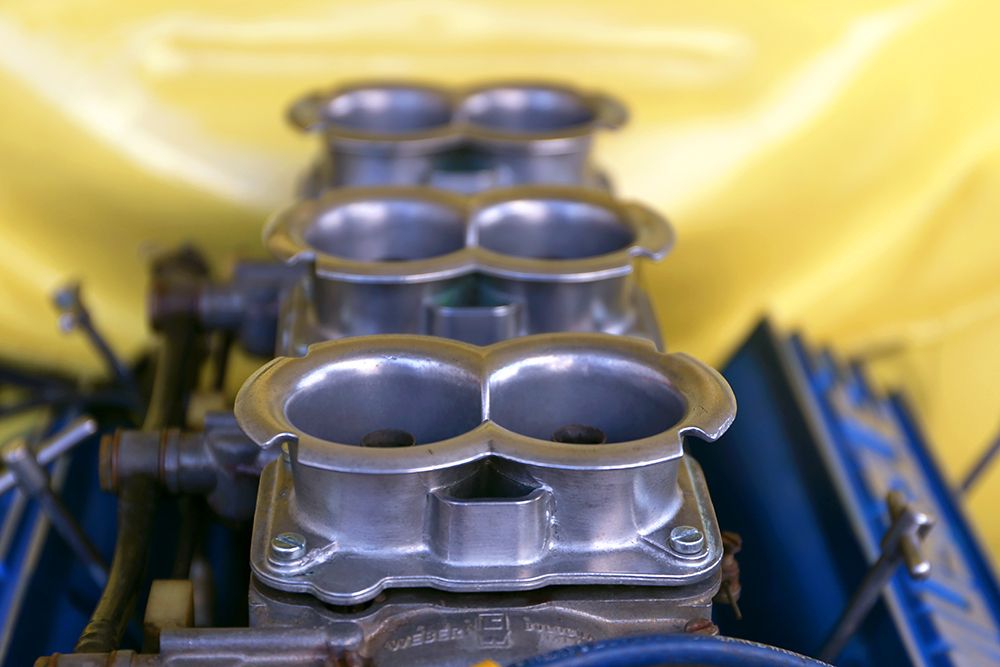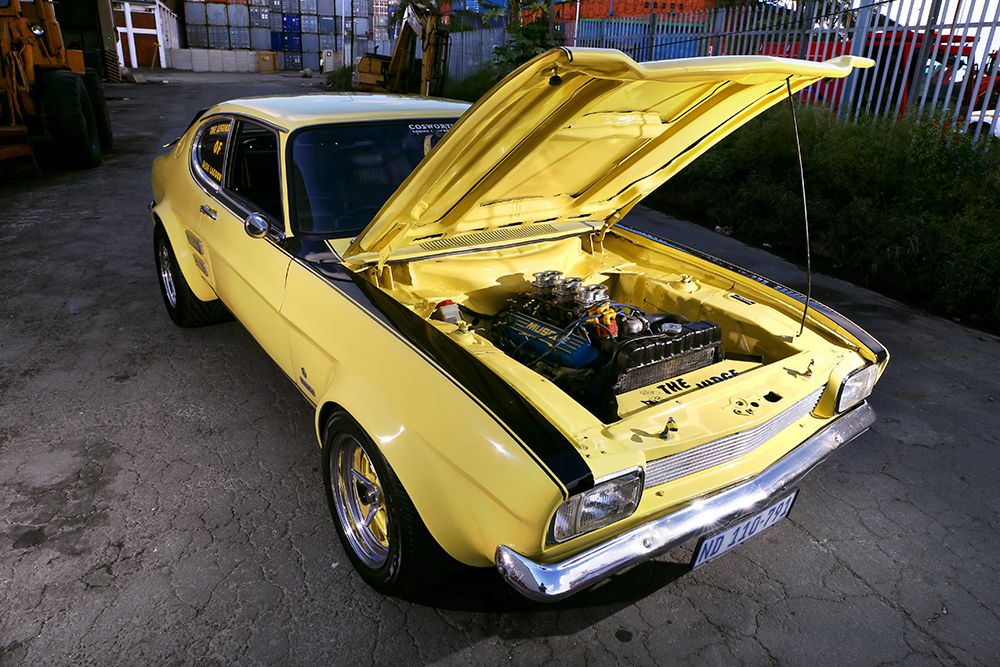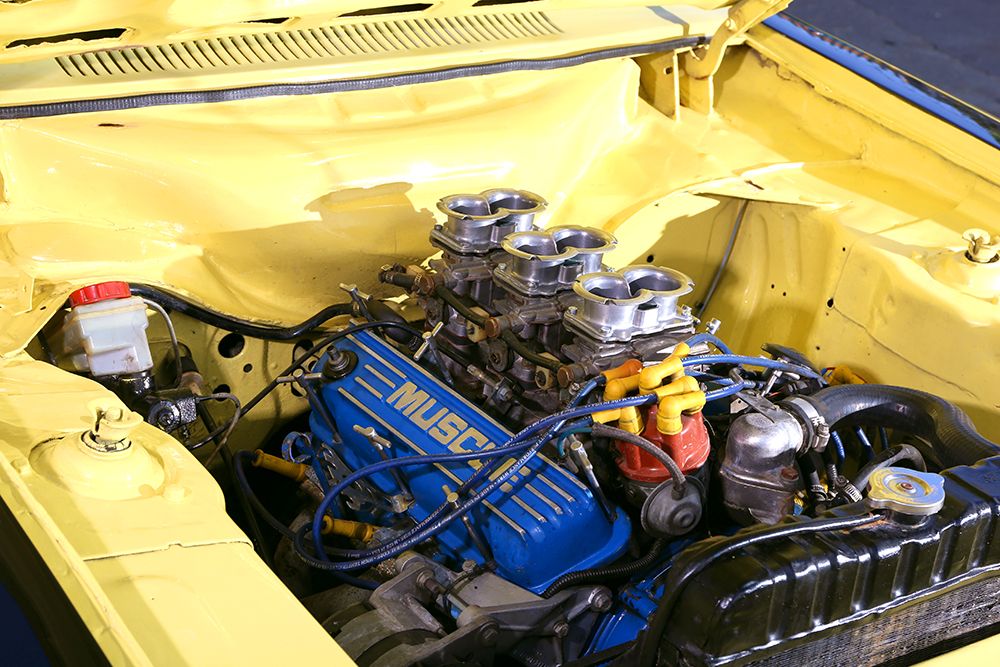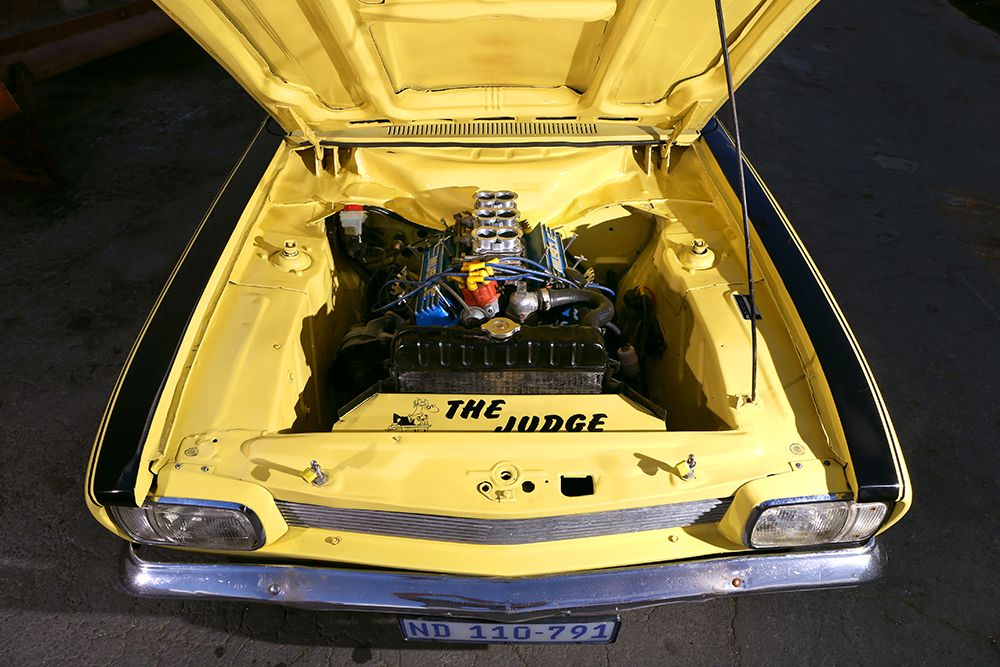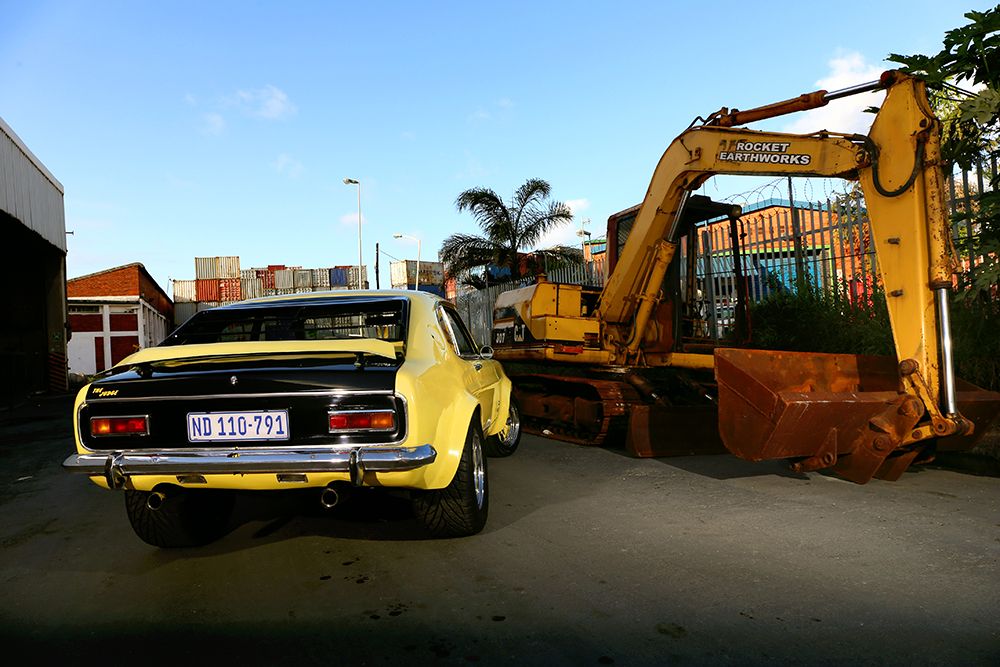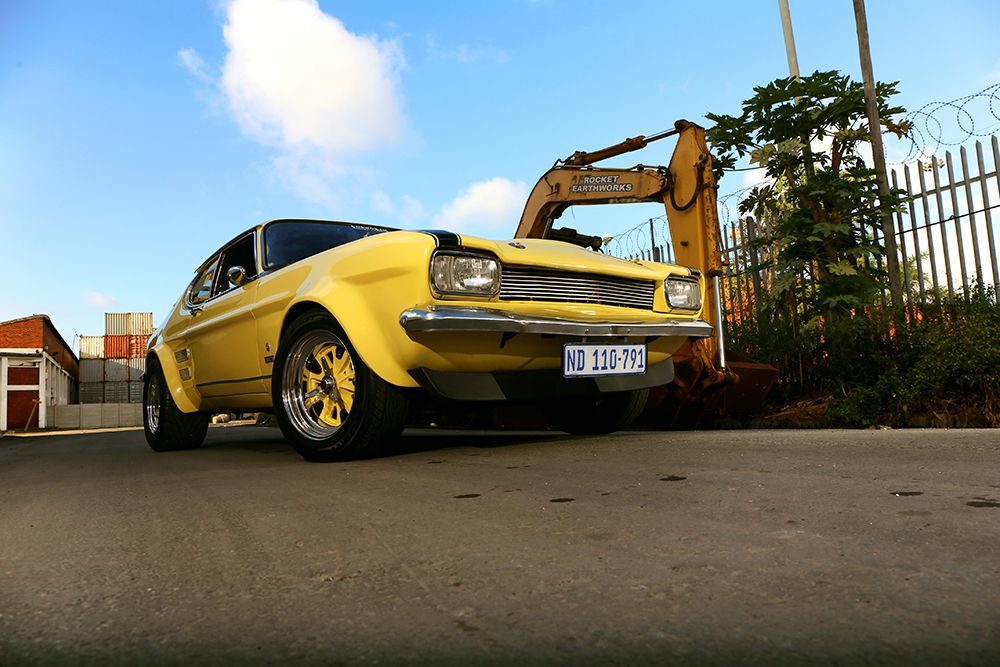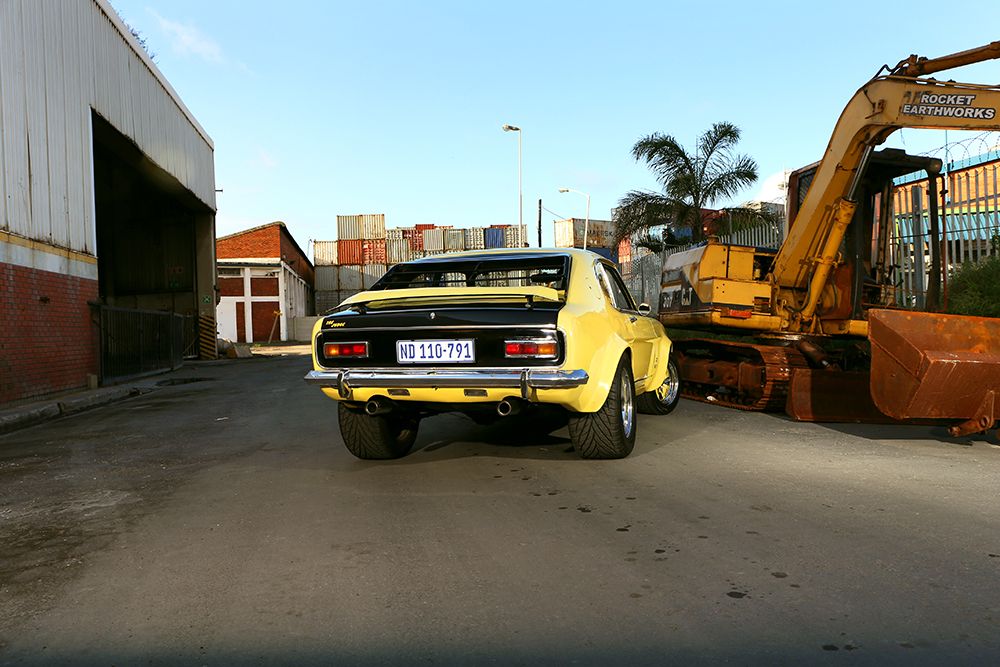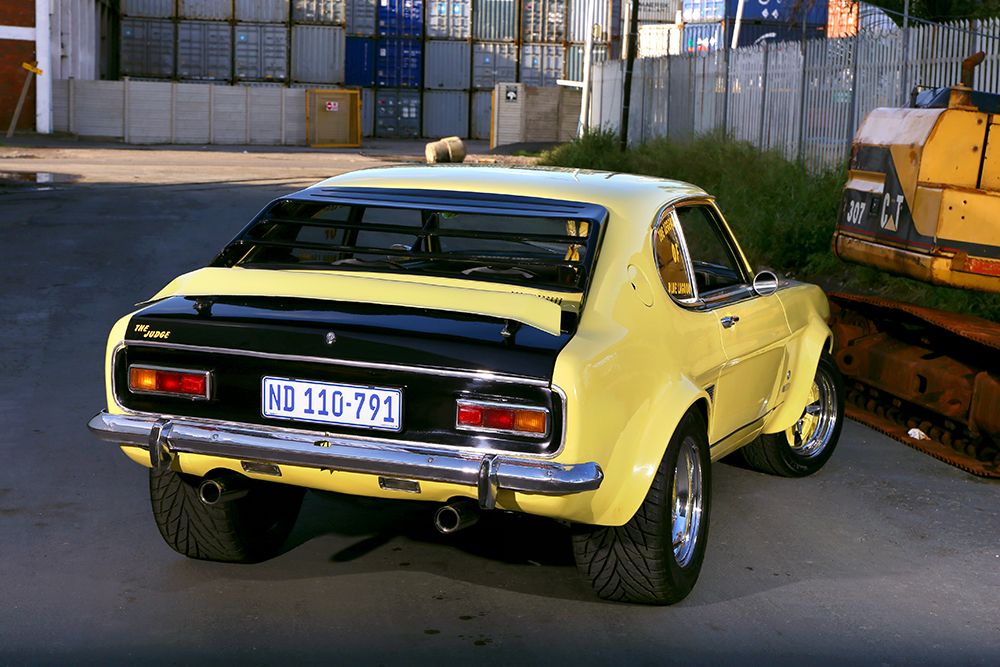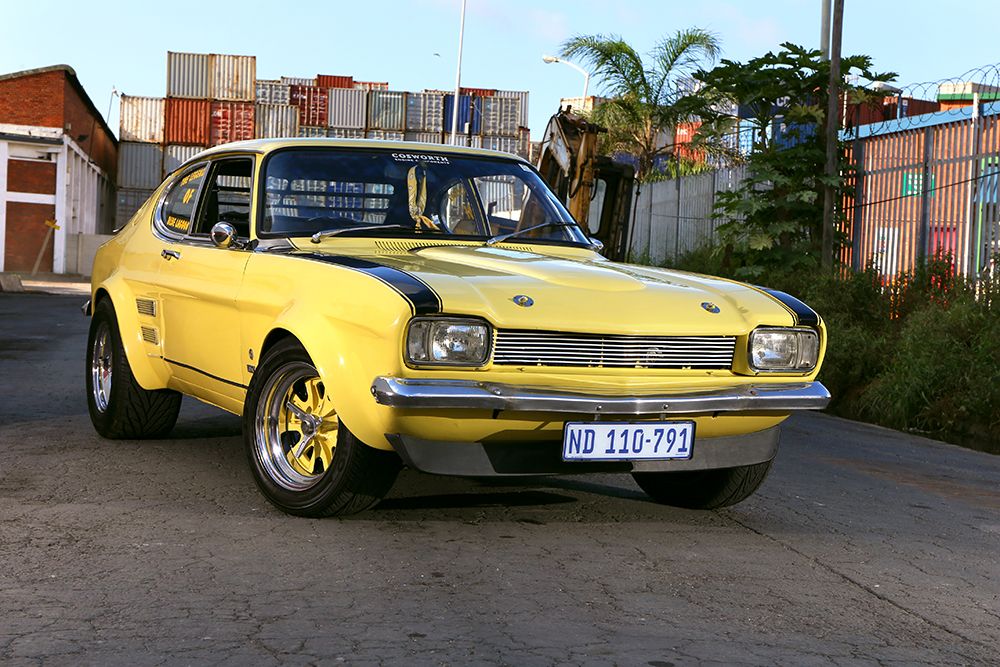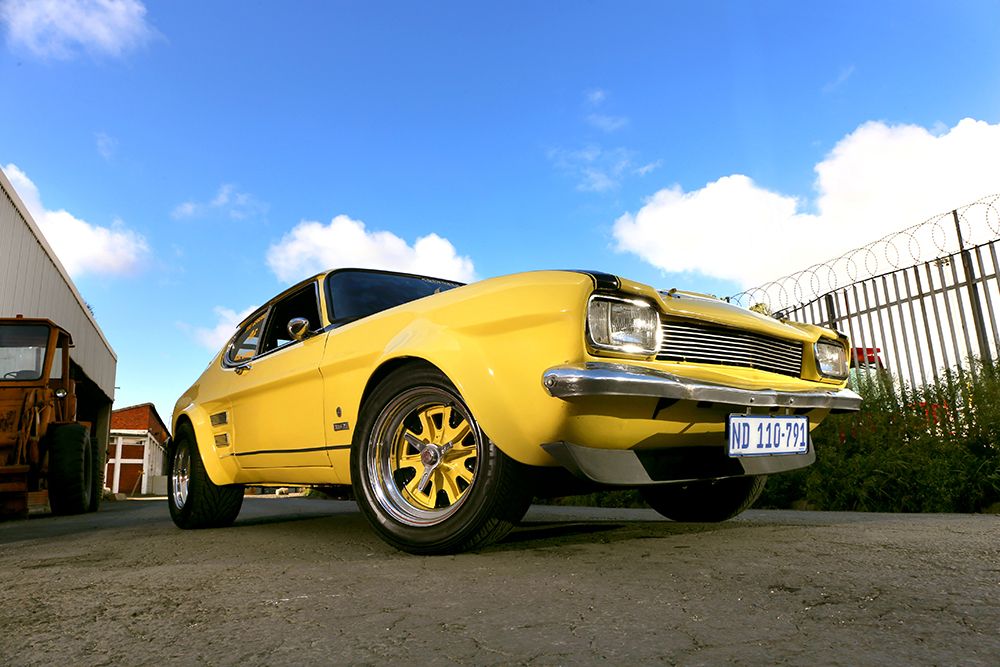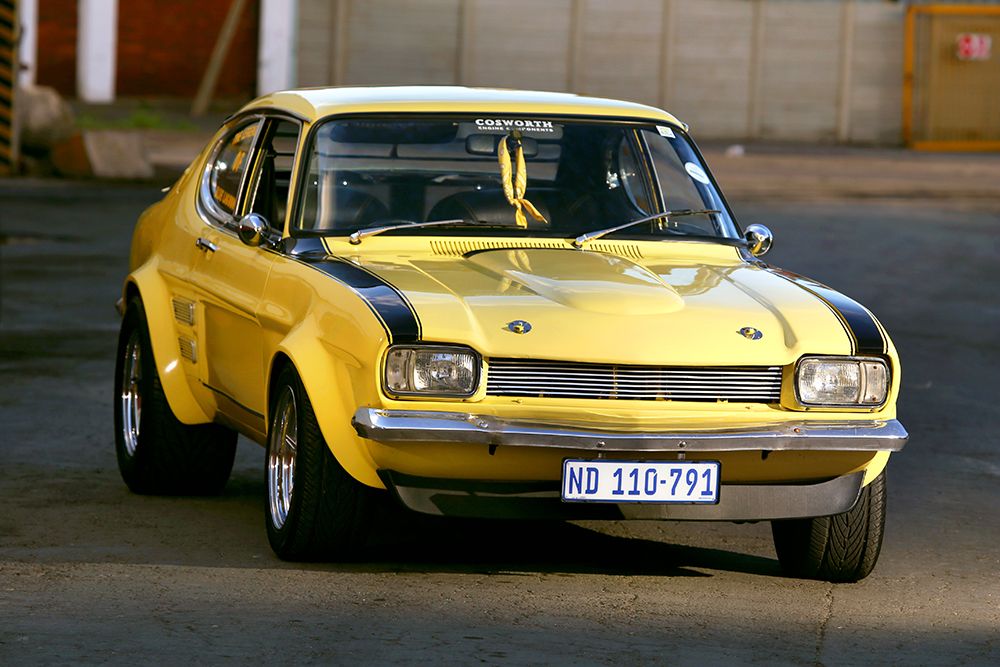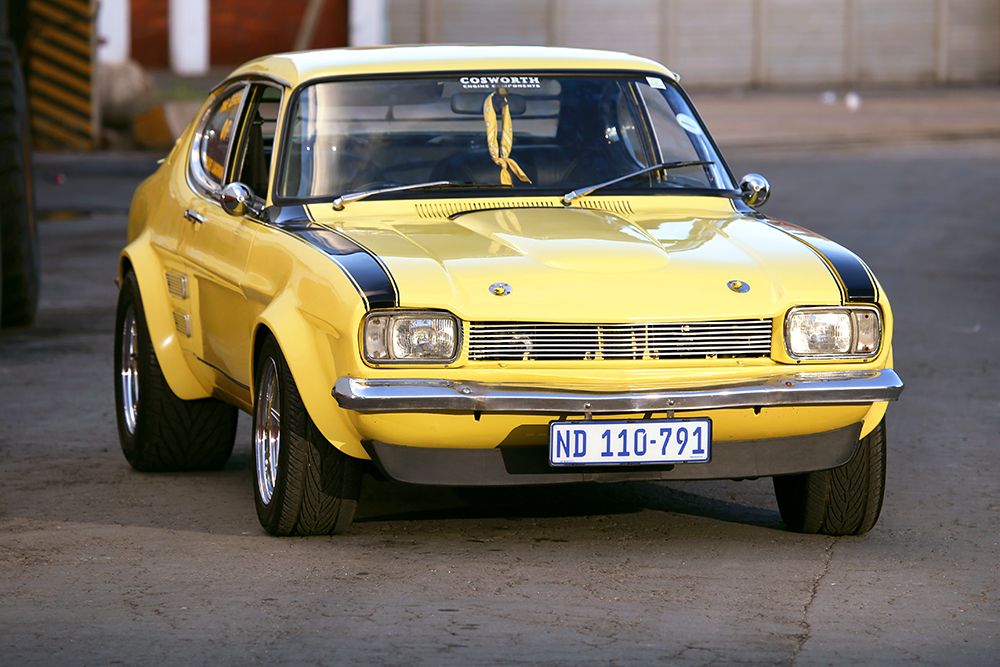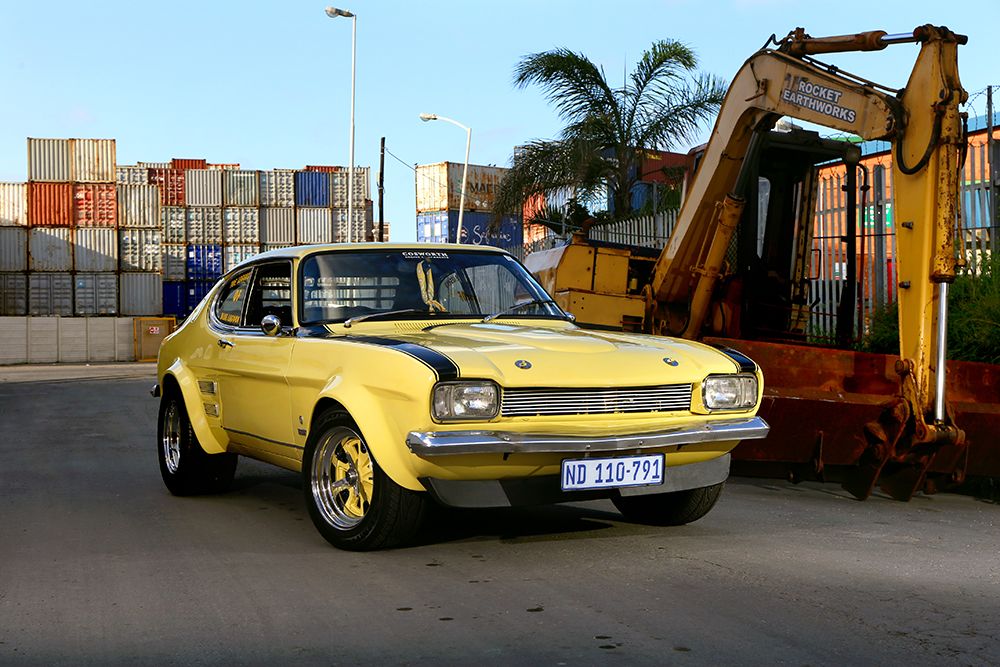
I remember cruising past Blue Lagoon, or Lugz as it’s affectionately known by the locals, on Durban’s M4 beach road and spotting this very same 1972 Ford Capri parked with a crowd gathered around it, ooohs and aaahs buzzing through the air like it owned the place. That Capri wasn’t just a car; it was a symbol of an era when Blue Lagoon was the go-to spot on a Friday or Saturday night — a place to meet mates, chill with a few dops from brown paper bags stashed in boots, and soak up the vibe before hitting the club.
Pulling off the M4 for a quick visit after our shoot, the nostalgia hit me hard. Blue Lagoon, once alive with revving engines, burnouts, and cruisers showing off that classic Durban pose — windows down, low in the seat, arm resting outside the window — has since become a shadow of its former self. The iconic Coconut Grove’s gone, torn down by the municipality years ago, leaving behind a barren wasteland now home mostly to homeless guys and hawkers with pirated DVDs. It’s a sad end to what used to be a beating heart of Durban’s car culture.
Back then, seeing this Capri roll in was like a signal flare. You knew some serious drag racing was about to light up Quarry Road around the corner. The man behind the wheel was Viva Naidoo, a legend in Durban’s street-racing circles, and riding shotgun was young Jayce Pillay — just 13 years old back then, and destined to own the car himself many years later.
Jayce’s story with the Capri started when he was just 11, helping the original owner, Farouk, build the car. From the moment he touched it, he was hooked. The Capri sparked a lifelong passion for cars, and losing it to a sale was a hard pill to swallow. But when he learned it was going to Viva — someone he looked up to like an older brother — he knew the car was in good hands and that his connection to it wasn’t over.
The Capri’s setup back then was classic and brutal — a V6 with Ford Interceptor triple carbs and a heap of mods under the bonnet. What looked like a mishmash on paper somehow came together perfectly: Nissan Skyline valves, Mercedes pistons, Ford Sapphire brakes, a BMW brake booster, a Toyota Cressida gearbox, and an Isuzu diff. The engine breathed through a 300-degree camshaft, a restroked crank, ACL race bearings, bigger injectors, and a beefier prop shaft to handle the torque.
Suspension was still mostly original but sharpened up with polyurethane bushes to firm things where it counted. Then came a brief stint when Viva prepped the Capri for a respray in Ford Motorsport Blue, but life got in the way, and the car sat untouched for 15 years. Offers to buy flooded in, but Viva couldn’t part with the legendary machine — until Jayce stepped up, asking to take the car and bring it back to its former glory. With a nod from Viva, like passing a family heirloom, Jayce took the keys and set the rebirth in motion.
The heart of the Capri’s identity was the Basil Green Yellow paint. Jayce sent it back to RS Motorsport to restore that iconic colour while he set about reviving the engine with the help of Randy Bahrat from RS Dragstarz and Morgan Ramadu from MGM Engineering, who took on the engineering and tuning. Almost two decades on, the Capri is back, sharper and stronger than ever.
Jayce’s passion for the car hasn’t just stayed with him — it’s now passed down to his daughter, Danielle, who will one day inherit the beast. And whenever the Capri rolls out to Blue Lagoon or Quarry Road, the reaction from the old-school crowd tells the story. People see it and are instantly transported back to those golden days of Durban’s street racing culture.
This isn’t just a car; it’s a living, breathing chapter of Durban’s automotive history, one that still turns heads and sparks stories wherever it goes.

